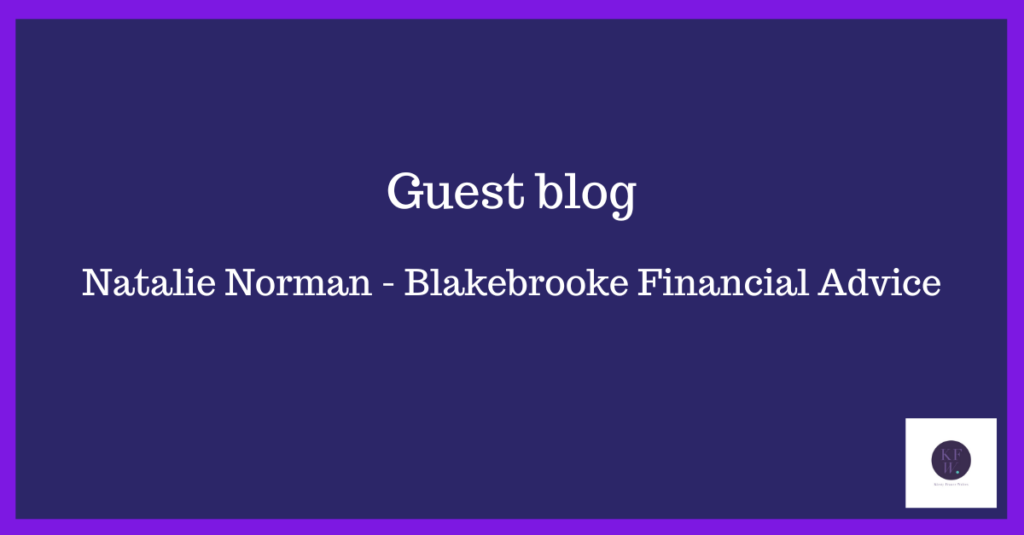
Do you want to avoid Christmas clichés in your marketing? You might automatically say yes, but they can have their benefits. People like familiarity because it makes them feel comfortable. At the same time, they can be overly predictable, taking all the wonder out of what’s meant to be a magical celebration. If you use too many Christmas clichés in your marketing, you also run the risk of blending in rather than standing out.
How do you find the right balance? Here are a few tips to get you started.
Share some pop culture
Sharing your favourite Christmas pop culture references is the perfect way to help you find your people. Ask about their favourite Christmas film, song or story and share your own. Start a conversation about whether ‘Die Hard’ is a Christmas movie*. Show your personality and tailor your content to your audience, whether they love Christmas or can’t wait for it to end.
Put a spin on a cliché
You can use Christmas clichés, but give them your own twist. A simple option is to create a new version of ’12 Days of Christmas’. Choose twelve things related to your business or send emails with twelve offers.
Alternatively, share something funny that starts with a Christmas classic but ends somewhere unexpected. Like this:
Think of a new angle
Finding a new angle on Christmas can get your audience thinking and offer something useful. You could talk about avoiding stress, staying active, or making Brussels sprouts edible. If your business has nothing to do with Christmas, think laterally; I saw a great blog post about the most common issues HR professionals have to deal with after the Christmas party.
Be serious if you need to
You don’t have to be jolly just because it’s Christmas. If you’re talking about domestic violence and mental health issues or highlighting how many families are homeless at Christmas, it’s OK to be serious. The idea that some people are struggling as you’re getting ready to celebrate will hit home with your audience and make you stand out.
What does Christmas mean to you?
‘The true meaning of Christmas’ is one of the biggest Christmas clichés going, but that doesn’t mean you have to avoid it. Just be honest. Posts like this can start a conversation, and you can even use them to ask for help. If you feel as if you’re trying to meet everyone else’s expectations and have forgotten what you’re doing it for, ask people what they’re looking forward to.
If you have unique family traditions, talk about them. It lets your audience see the person behind the business and could inspire them to try something new.
Do what makes you happy
Ultimately, you don’t have to talk about Christmas unless your business depends on it. By December, I’ll be talking about planning for next year. If you love talking about festive things and making your Christmas images sparkly, do it. If it makes you want to cringe, don’t, and tell your audience why. They might just agree with you.
*Yes, of course it is. You can’t get much more Christmassy than a disastrous work do.
If you want to write engaging content that lets your customers get to know you at Christmas and all year round, I can help. I’ll write blogs, posts, emails and whatever else you need to engage your audience and encourage them to get in touch. If you’d like a chat to find out how it works, you can book a call here.
Or, if you’d prefer to get content writing hints and tips straight to your inbox every month, sign up using the form below. I’ll never share your email address with anyone else, and you can unsubscribe whenever you like. Plus, I’m a vegetarian, which means my business and I are 100% spam-free!













